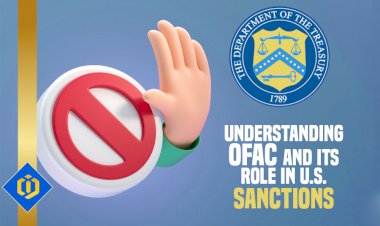Unraveling the Regulatory Maze: Understanding the Complexities of the Pharmaceutical Industry

The pharmaceutical industry is undoubtedly a very important industry that plays a vital role in improving healthcare worldwide. However, the path from drug development to commercial approval is far from smooth. Navigating the industry's regulatory landscape is like unraveling a complex maze.
In this article, we take a deep dive into the tangled regulatory maze of the pharmaceutical industry, revealing its complexity and exploring the key factors that contribute to this tangled regulatory web.
Strict supervision: ensure safety and effectiveness
There are strict regulations in the pharmaceutical industry to ensure the safety, efficacy and quality of medicines. Regulatory agencies around the world, such as the US Food and Drug Administration (FDA), the European Medicines Agency (EMA), the UK Medicines and Healthcare Products Regulatory Agency (MHRA), etc., have established comprehensive regulatory systems.
Guidelines for pharmaceutical companies to follow
These regulations cover all aspects of drug development and marketing, including preclinical and clinical trials, manufacturing processes, labeling requirements and post-marketing surveillance. The aim is to protect the health of patients by ensuring that medicines meet strict standards.
Adherence to these rules is not only ethically necessary, but also legally binding, as any non-compliance can lead to severe penalties and affect the company's reputation.
The long road to market approval
One of the biggest challenges in the regulatory maze of the pharmaceutical industry is the long road to market approval. Bringing new medicines to market involves a series of carefully planned activities, from preclinical studies to clinical trials and regulatory submissions.
The journey begins with preclinical studies, which include extensive laboratory testing of the drug's safety and efficacy in animals or in vitro testing. When preclinical data show promising results, companies can begin clinical trials. These studies involve a stepwise process, including phases I, II, and III that test the drug's safety, dosage, and effectiveness in volunteers or patients.
After the successful completion of a clinical trial, the pharmaceutical company collects all the necessary data and prepares a solid document for regulatory approval. Regulators evaluate the application and review data on safety, efficacy, manufacturing processes and labeling. This evaluation process can be lengthy and can take months or even years.
Regional differences and coordinated efforts
Another important aspect of the regulatory maze of the pharmaceutical industry is the regional variation in regulation. Different regions and countries have their own specific requirements, which complicate the operations of pharmaceutical companies globally.
For example, there are significant differences between the regulatory processes in the US and Europe. The FDA has a strict and centralized approach to drug approval, while the EU has a decentralized process involving multiple regulatory agencies. Pharmaceutical companies must overcome these regional differences and understand and follow the specific guidelines for each market they wish to enter.
In response to these challenges, efforts have been made to promote regulatory harmonization at the global level. Organizations such as the International Committee for Harmonization in Technical Requirements for Medicinal Products for Human Use (ICH) aim to facilitate collaboration between regulatory agencies and the pharmaceutical industry to harmonize guidance and streamline the approval process.
Finally, navigating the regulatory maze of the pharmaceutical industry is a complex task that requires careful planning, adherence to strict guidelines and a deep understanding of regional differences.
Collaboration between regulators, pharmaceutical companies, healthcare professionals and academia is essential to create a streamlined and coherent regulatory environment.

 content-team
content-team 






















